Many homeowners are constantly seeking efficient and eco-friendly alternatives to traditional heating systems. In this blog post, we probe into the world of Stirling engine heat pumps, exploring their technology, advantages, and potential to revolutionize the way we heat our homes. By the end of this article, you’ll have a better understanding of whether Stirling engine heat pumps could indeed be the future of heating systems.
Stirling Engine Heat Pumps Explained
Basic Principles of Stirling Engines
The Stirling engine is a type of heat engine that operates through a cyclic compression and expansion of air or other gases at different temperature levels. This engine works by using an external heat source to heat and expand the gas, then cooling it to create a temperature difference that drives the engine’s pistons.
Advantages of Stirling Engine Heat Pumps for Heating Systems
To understand the benefits of Stirling engine heat pumps for heating systems, it’s vital to consider their high efficiency, quiet operation, and low environmental impact. These systems can efficiently convert heat energy into mechanical work without the need for combustion, making them a clean and sustainable heating solution.
For instance, Stirling engine heat pumps have no emissions during operation, contributing to improved air quality and reducing greenhouse gas emissions. Additionally, their ability to operate on various heat sources, including solar energy, geothermal heat, and waste heat, makes them versatile and adaptable for different applications.
Comparison with Traditional Heating Systems
Operational Differences and Efficiency
| Stirling Engine Heat Pump | Traditional Heating Systems |
| Operates on a closed-loop system that uses a heat source to generate power and can achieve high levels of efficiency. | Often rely on burning fossil fuels or electric resistance heating, which can be less efficient and produce higher emissions. |
Environmental Impact and Carbon Footprint
| Stirling Engine Heat Pump | Traditional Heating Systems |
| Can significantly reduce carbon footprint by utilizing renewable energy sources and producing minimal emissions. | Traditional systems can have a larger environmental impact due to reliance on non-renewable energy sources. |
For instance, Stirling Engine Heat Pumps have the potential to revolutionize the heating industry by providing energy-efficient and eco-friendly heating solutions. By moving away from traditional heating systems that rely on fossil fuels, we can greatly reduce our carbon footprint and contribute to a more sustainable future. It’s imperative to consider the long-term environmental benefits when evaluating heating system options.
Challenges and Considerations
Technological and Economic Barriers
For Stirling engine heat pumps to truly become the future of heating systems, there are several technological and economic barriers that need to be addressed. The initial cost of Stirling engine heat pump systems can be high, deterring widespread adoption. Additionally, technological advancements are necessary to improve the efficiency and reliability of these systems, making them more competitive with traditional heating systems.
Implementation and Adoption in the Market
Implementation of Stirling engine heat pumps in the market faces challenges of infrastructure and consumer acceptance. The installation of these systems requires specific expertise, and the existing infrastructure may need to be modified to support their operation efficiently. Moreover, consumer awareness and acceptance of this relatively new technology might pose a challenge that needs to be addressed for wider adoption.
Adoption: Educating consumers about the benefits of Stirling engine heat pumps and providing incentives for their installation could play a crucial role in increasing their adoption rate in the market. This, coupled with technological advancements and supportive policies, may pave the way for Stirling engine heat pumps to revolutionize the heating systems industry.
The Future of Heating
All over the world, the future of heating systems is evolving rapidly. With advancements in technology and growing concerns about energy efficiency and sustainability, new solutions are emerging to meet the heating needs of homes and buildings while reducing our carbon footprint.
Potential Developments in Stirling Engine Systems
With the increasing focus on renewable energy and the need for more efficient heating solutions, Stirling engine systems are gaining attention for their potential in revolutionizing the way we heat our spaces. These engines offer high efficiency and low emissions, making them a promising option for the future of heating systems.
Integration with Renewable Energy Sources
Sources such as solar and geothermal energy can complement Stirling engine systems, providing a sustainable way to power these heat pumps. It opens up the possibility of completely eliminating the reliance on fossil fuels for heating, creating a more environmentally friendly and efficient solution for heating our buildings.
It is crucial to explore the synergy between Stirling engine systems and renewable energy sources to unlock their full potential in creating a sustainable and efficient heating system for the future.
Final Words
Presently, Stirling engine heat pumps show great promise as a sustainable and efficient solution for heating systems. Their ability to operate on various heat sources and provide both heating and cooling make them a versatile option for future energy needs. With advancements in technology and increasing focus on reducing carbon footprints, Stirling engines could very well be the future of heating systems. By harnessing waste heat and utilizing renewable energy sources, these innovative heat pumps have the potential to revolutionize the way we heat our homes and buildings. As we strive towards a more sustainable future, embracing Stirling engine heat pumps may be a crucial step in achieving our environmental goals.
Related Posts
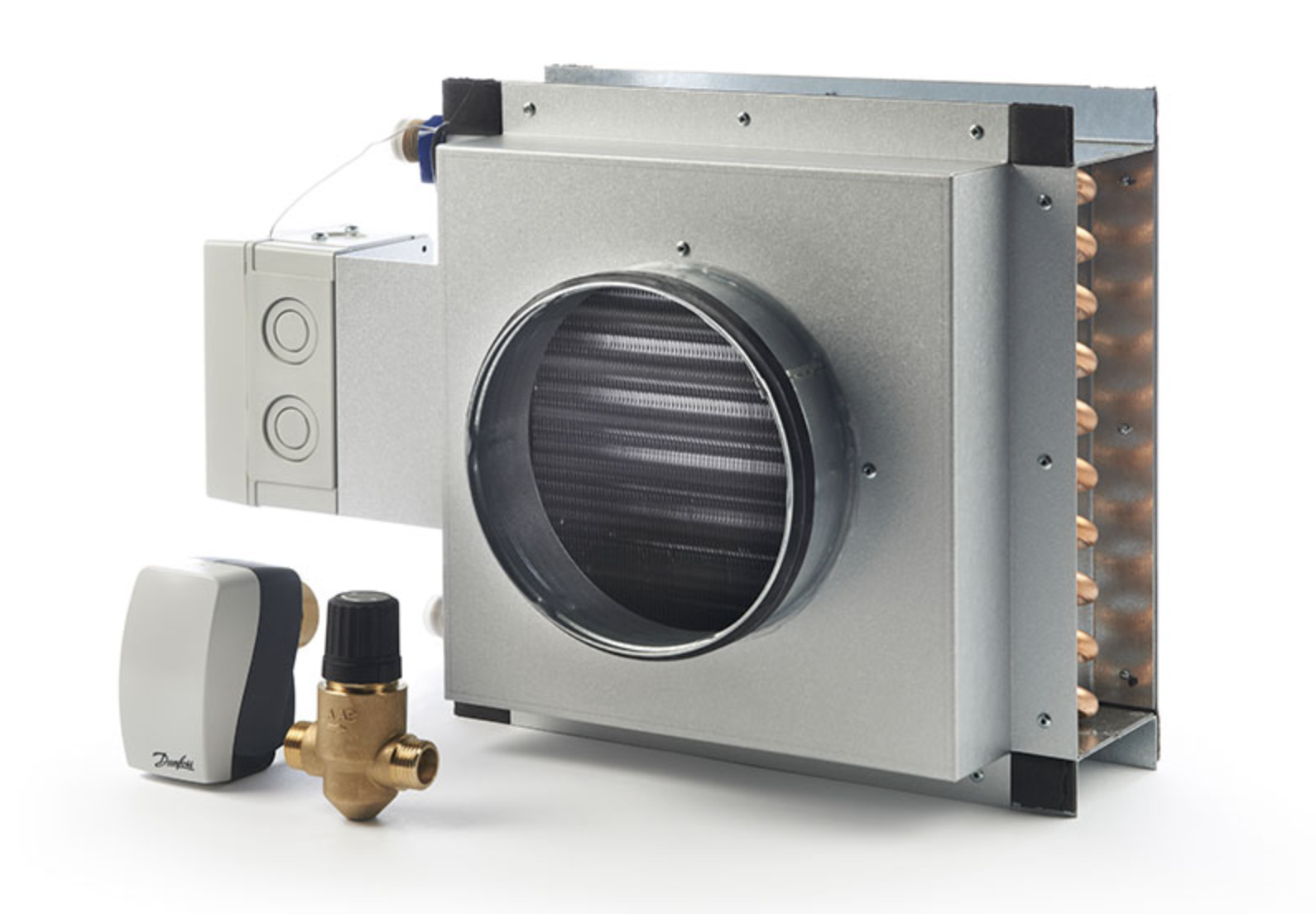 Nilan: The Comprehensive Guide to Nilan Heating Systems
Nilan: The Comprehensive Guide to Nilan Heating Systems
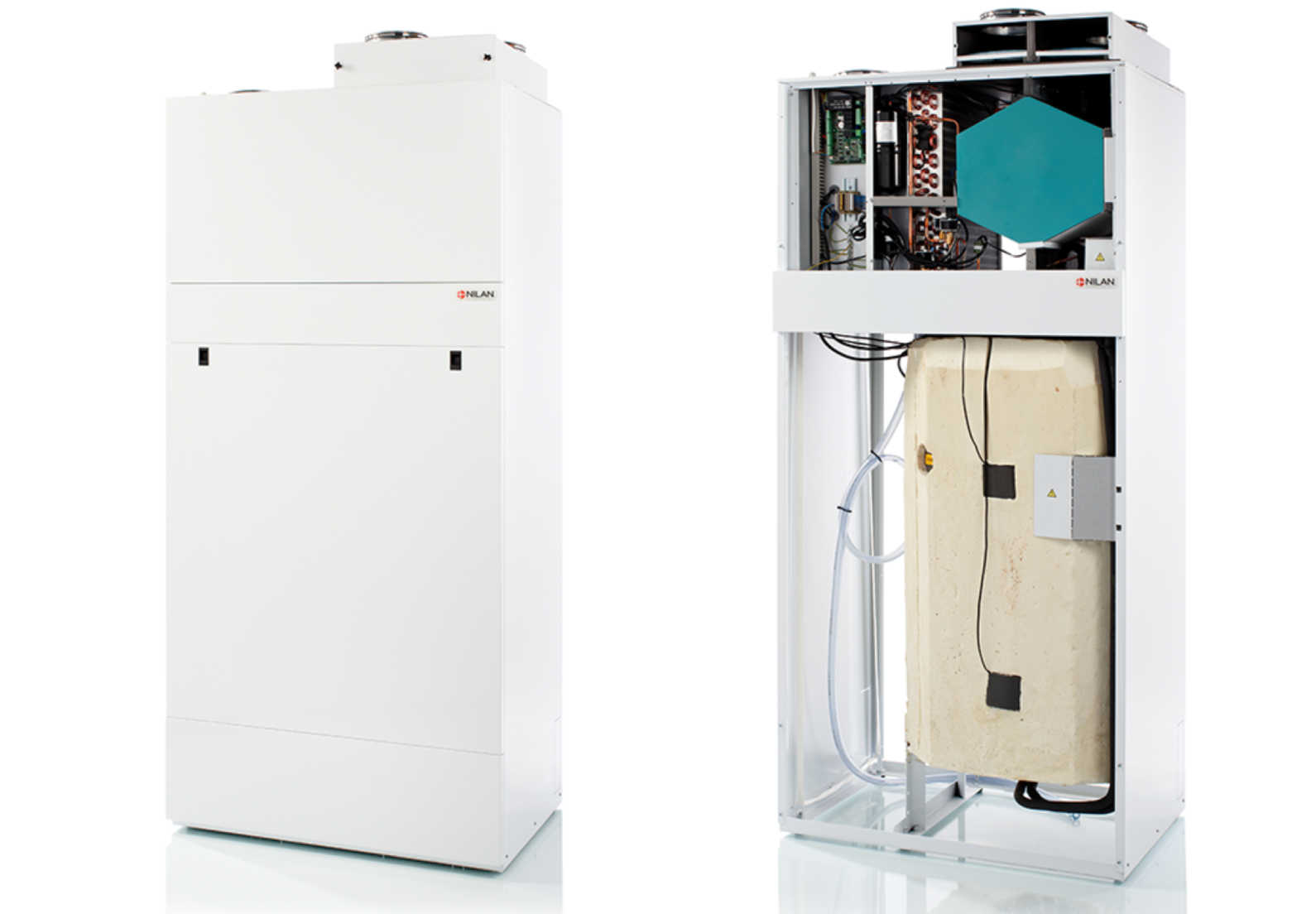 Nilan Compact P Basic: A Guide to Efficient Home Ventilation
Nilan Compact P Basic: A Guide to Efficient Home Ventilation
 The Comfort CT300 / Polar
The Comfort CT300 / Polar
 Heat Pump Units
Heat Pump Units
 Why Nilan Heat Pumps are the Future of Heating and Ventilation
Why Nilan Heat Pumps are the Future of Heating and Ventilation
 Understanding The Cost Savings Of Heat Pumps – A Closer Look
Understanding The Cost Savings Of Heat Pumps – A Closer Look
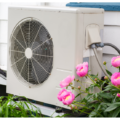 Are Piezoelectric Heat Pumps A Viable Alternative For Heating?
Are Piezoelectric Heat Pumps A Viable Alternative For Heating?
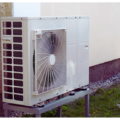 Why Thermionic Heat Pumps Could Be The Next Big Thing In Home Heating?
Why Thermionic Heat Pumps Could Be The Next Big Thing In Home Heating?
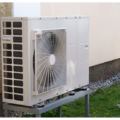 Are Ground Source Heat Pumps The Eco-Friendly Choice For You?
Are Ground Source Heat Pumps The Eco-Friendly Choice For You?
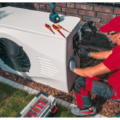 MVHR (Mechanical Ventilation with Heat Recovery) Systems
MVHR (Mechanical Ventilation with Heat Recovery) Systems

